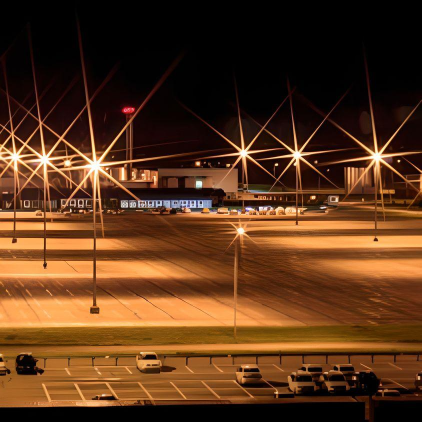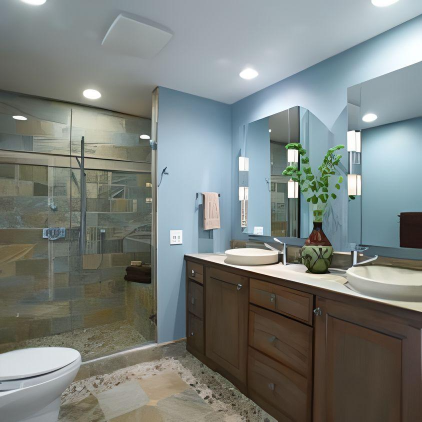LED Linear High Bay - Microwave Motion Sensor
LED Linear High Bay - Microwave Motion Sensor
SKU:
IND-01-855
30 Days Return
5 Years Warranty
Get an extra 10% off Use Code ECOSALE
$30.99
$45.99
Unit price
/
Unavailable
SKU:
IND-01-855
Couldn't load pickup availability
LED Linear High Bay - motion sensor
LED Linear High Bay Lights are a type of industrial lighting fixture that is designed for use in high-ceiling applications such as warehouses, factories, and gymnasiums. They are known for their long lifespan, energy efficiency, and bright light output. Some linear high bay lights can be equipped with motion sensors to further enhance their efficiency.
Benefits of LED Linear High Bay Lights with Motion Sensors
- Energy Savings: Motion sensors turn the lights on only when there is occupancy in the area, which can significantly reduce energy consumption. This is especially beneficial in large spaces that are not constantly occupied.
- Extended Lamp Life: Frequent on-and-off cycles can shorten the lifespan of traditional lighting fixtures. Motion sensors help to reduce the number of on-and-off cycles, which can extend the life of the LED lamps.
- Improved Safety: Motion-activated lighting can improve safety in warehouses and other industrial settings by ensuring that there is always light available when workers are present. This can help to prevent accidents and injuries.
- Reduced Maintenance Costs: With motion sensors, there is no need to manually turn lights on and off, which can save on labor costs.
Things to Consider When Choosing LED Linear High Bay Lights with Motion Sensors
- Sensor Type: There are two main types of motion sensors used in high bay lights: passive infrared (PIR) sensors and microwave sensors. PIR sensors detect heat signatures, while microwave sensors emit and detect radar waves. Microwave sensors are better suited for large spaces or areas with drafts, as they are less likely to be triggered by false positives.
- Detection Range: The detection range of the motion sensor will determine how far away it can detect motion. You will need to choose a sensor with a range that is appropriate for the size of the space.
- Time Delay: The time delay is the amount of time that the lights will stay on after motion is no longer detected. You can adjust the time delay to meet your specific needs.














